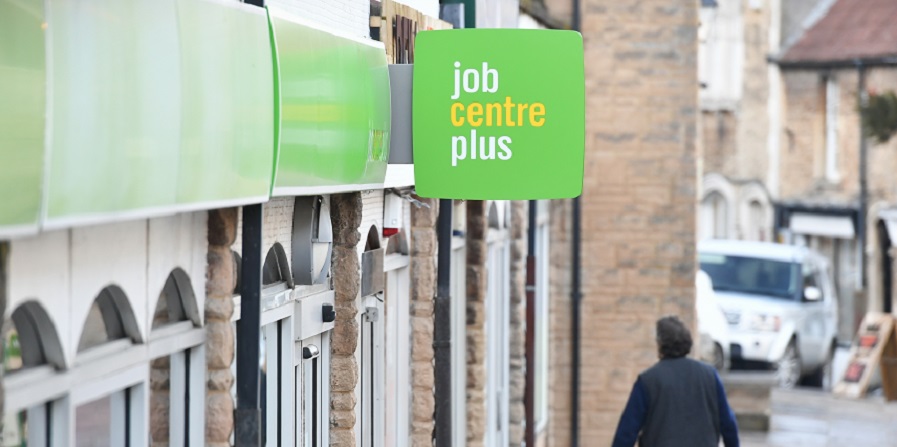The Department for Transport agency recently received approval across the board from a GDS service assessment process examining early versions of tools for drivers over 70 and those acquiring photocards
The Driver and Vehicle Licensing Agency is preparing new online services for drivers to replace tools that have “become outdated” after nearly 20 years of operation.
A newly published transparency document reveals that the agency recently underwent an alpha assessment for two new “user journeys” that are currently in development. The online offerings respectively cover triennial licence renewals for drivers aged over 70, and users wishing to swap an existing paper document for a photocard.
The assessment indicates that, while the DVLA’s internet services have had a huge impact since their launch, many of them were built in a different era of digital government and are in marked need of an update.
“In 2006 DVLA first introduced a digital service for driving licences,” the assessment says. “At the time, this was seen as a major milestone and step towards digital. The service was built to mirror the Direct.Gov look and feel. Over the years, the services have proved very successful and have seen usage increase to the point where over 70% of all drivers’ transactions are now done online. However, due to the aging technology behind these services, DVLA wasn’t able to make any significant changes to the customer journey for many years. Some journeys have therefore become outdated and no longer meet modern standards for usability or accessibility.”
Related content
- DVLA seeks new chief ‘to fully complete our digital transformation’
- ‘Challenge and support’ – how the DVLA’s outgoing chair has helped drive digital transformation
- DVLA told to get ‘ambitious’ on digital in three-year savings plan
The updated online journeys – the alpha versions of which were rated ‘green’ against all 14 points of the service standard – have been “built on a strategic DVLA platform that has been assessed previously… [and] reuse existing platform components”, the assessment reveals.
The two services have been cleared to proceed into a private beta phase, but will require further assessment by the Government Digital Service before progressing further into public beta.
The alpha assessment, conducted by GDS in May, picks out several things the DVLA has done well in its work on the services so far.
“The team is employing a range of methodologies to understand users, including reviewing existing evidence such as customer satisfaction surveys and forum comments,” the assessment says. “The team has conducted multiple rounds of research and included a good representation of users with a wide range of access needs. The team had [also] clearly thought the service through well in a complex transformation environment, understanding the scope and inter-relationships between various services.”
While the DVLA was given the thumbs-up across all service-standard metrics, GDS assessors did offer some advice for ongoing improvement, including an encouragement that the development team should “ identify their riskiest assumptions and go into future research sessions with clear assumptions and hypotheses to test”.
The agency was also recommended to “consider ways to couple the offline part of the service with the digital part”, as well as to “prioritise research with users with low digital confidence, and users using a mobile or tablet device to access the service”.




